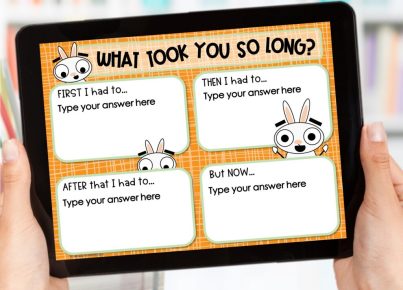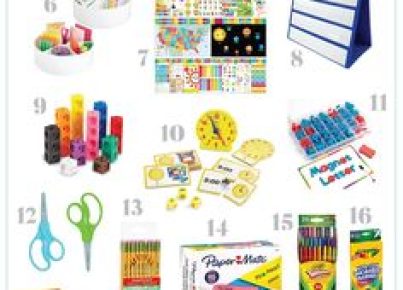Introduction
With the rapid advancement of technology and the growth of online learning options, online preschool has emerged as a new educational format for young children. However, upon closer examination, it becomes clear that online preschool is not the most beneficial choice for this age group. In this article, we will discuss the primary reasons why online preschool is a mistake and why traditional, in-person early education is still the best choice for young children.
Lack of Social Interaction
One of the most significant drawbacks of online preschool is the lack of social interaction between children. At this age, learning to communicate with others and developing social skills is absolutely crucial. In-person preschool offers numerous opportunities for children to interact with their peers through group activities and playtime. Unfortunately, these interactions are severely limited or non-existent in an online setting.
Importance of Hands-On Learning
Preschool-aged children are tactile learners who thrive when they can physically engage with their environment and explore new concepts through hands-on activities. Online preschool relies heavily on screen time, leaving out numerous sensory experiences that are essential for learning. While some hands-on activities can be delivered virtually, it simply cannot replicate the richness and direct engagement offered by in-person learning experiences.
Limited Teacher Support
In a traditional preschool classroom, teachers are physically present to provide support and personalized guidance to every student. This level of attention isn’t possible when instruction occurs solely through a digital medium. Online teachers cannot monitor students’ progress as effectively or intervene at the right moment to help resolve issues that may arise during learning.
Screen Time Concerns
Excessive screen time can have negative effects on young children’s development, including sleep problems, decreased physical activity, and issues with language development. The American Academy of Pediatrics recommends no more than one hour of high-quality screen time per day for children aged 2-5 years old. With online preschool requiring daily access to digital screens, it can easily lead children to exceed their recommended daily limit, leading to potential developmental issues.
Loss of Learning Opportunities
Many valuable learning opportunities that take place at traditional preschools do not have a direct online equivalent. These may involve activities like building social connections, practicing motor skills through physical education and playtime, and engaging in spontaneous learning moments sparked by the natural curiosity of young children. Online preschool cannot offer these experiences in the same authentic way, leading to missed learning opportunities.
Conclusion
For all the advantages that technology brings to our lives and education, it is clear that online preschool is not a substitute for traditional in-person early education. While it may seem tempting to embrace this new educational format for its convenience and accessibility, the limitations presented above – such as reduced social interaction and hands-on learning – make it clear that online preschool falls short of meeting the unique needs of young children. For this reason, prioritizing in-person early education is still the best choice for laying a strong foundation for future academic success.




